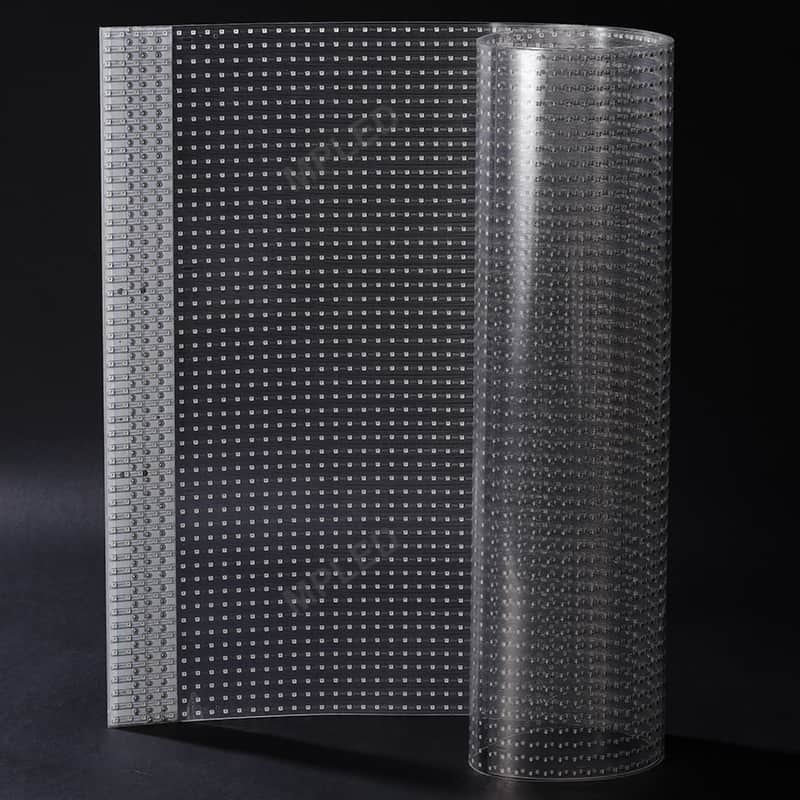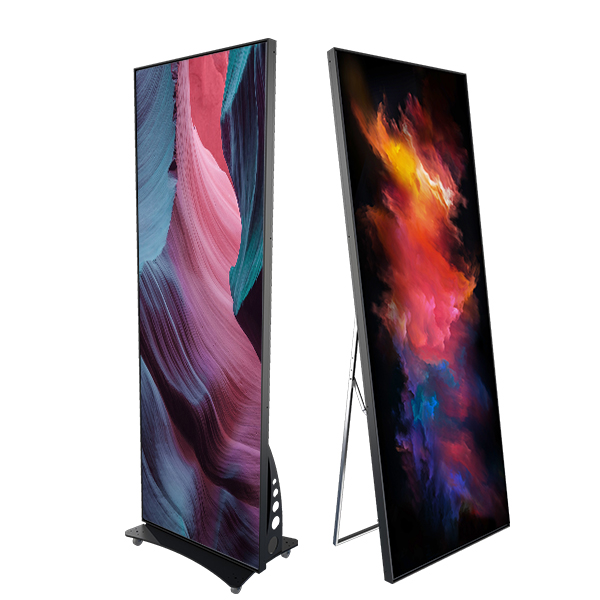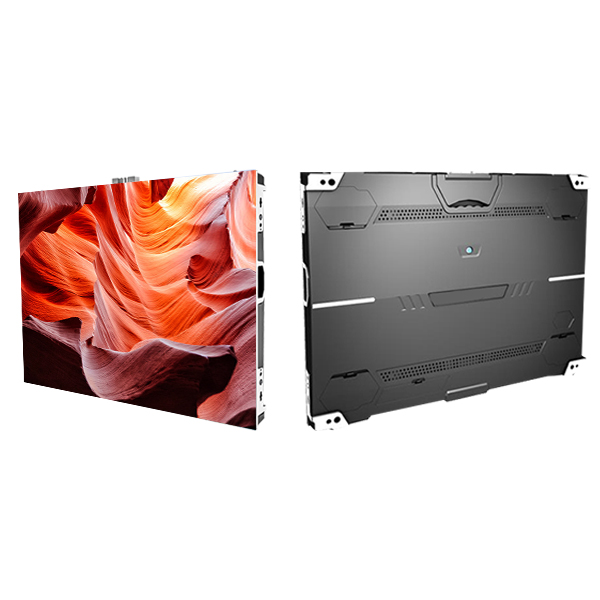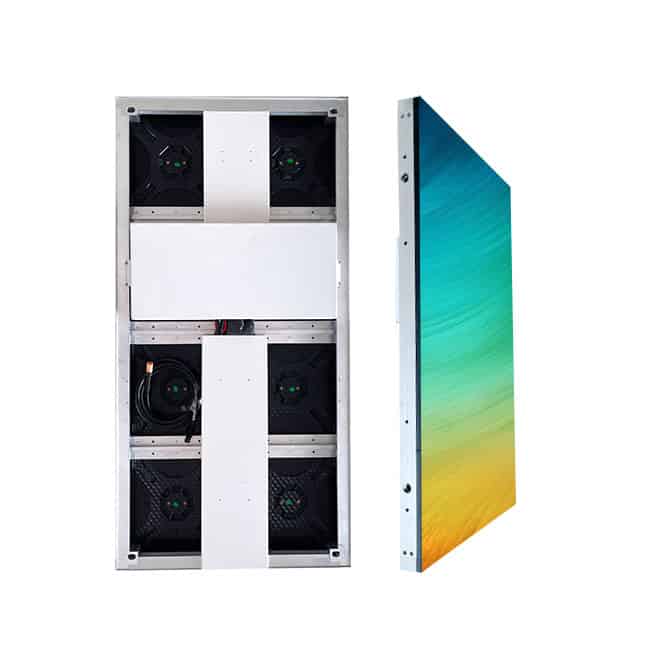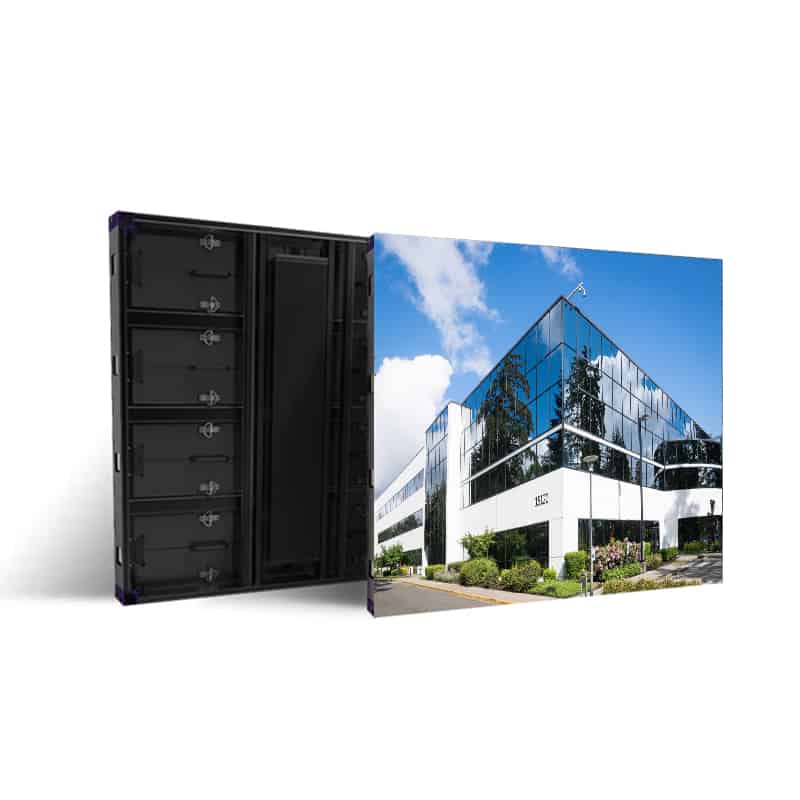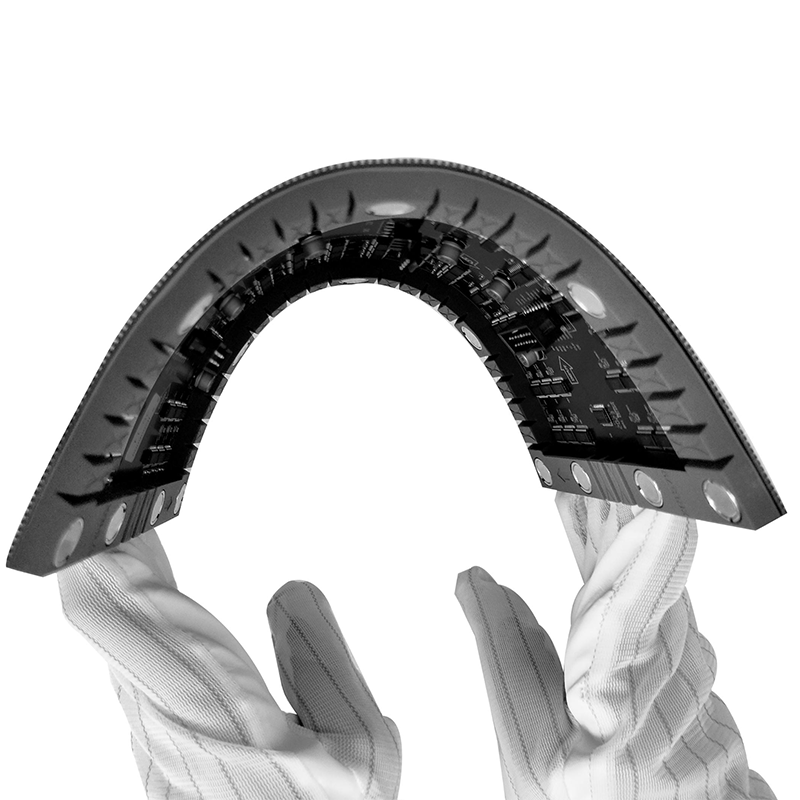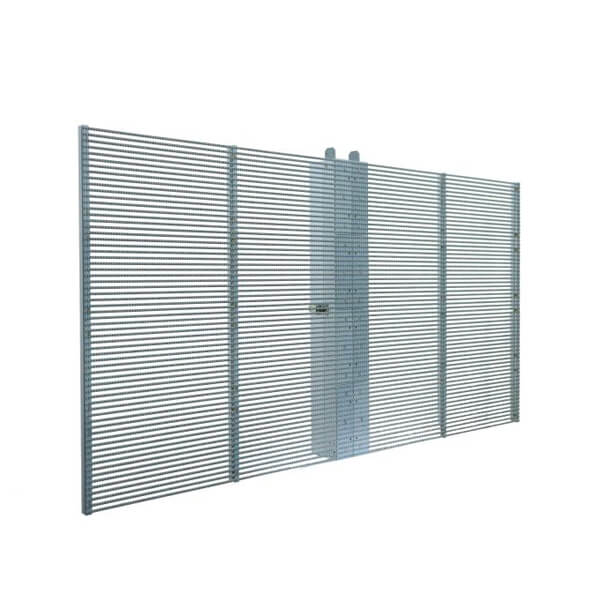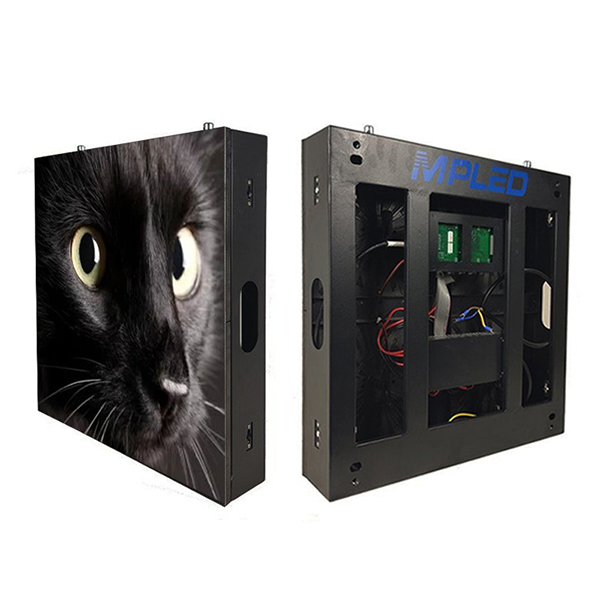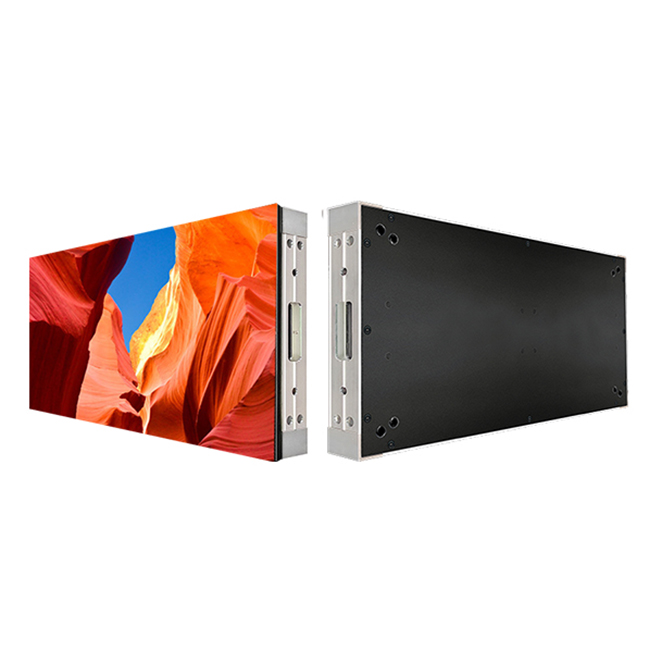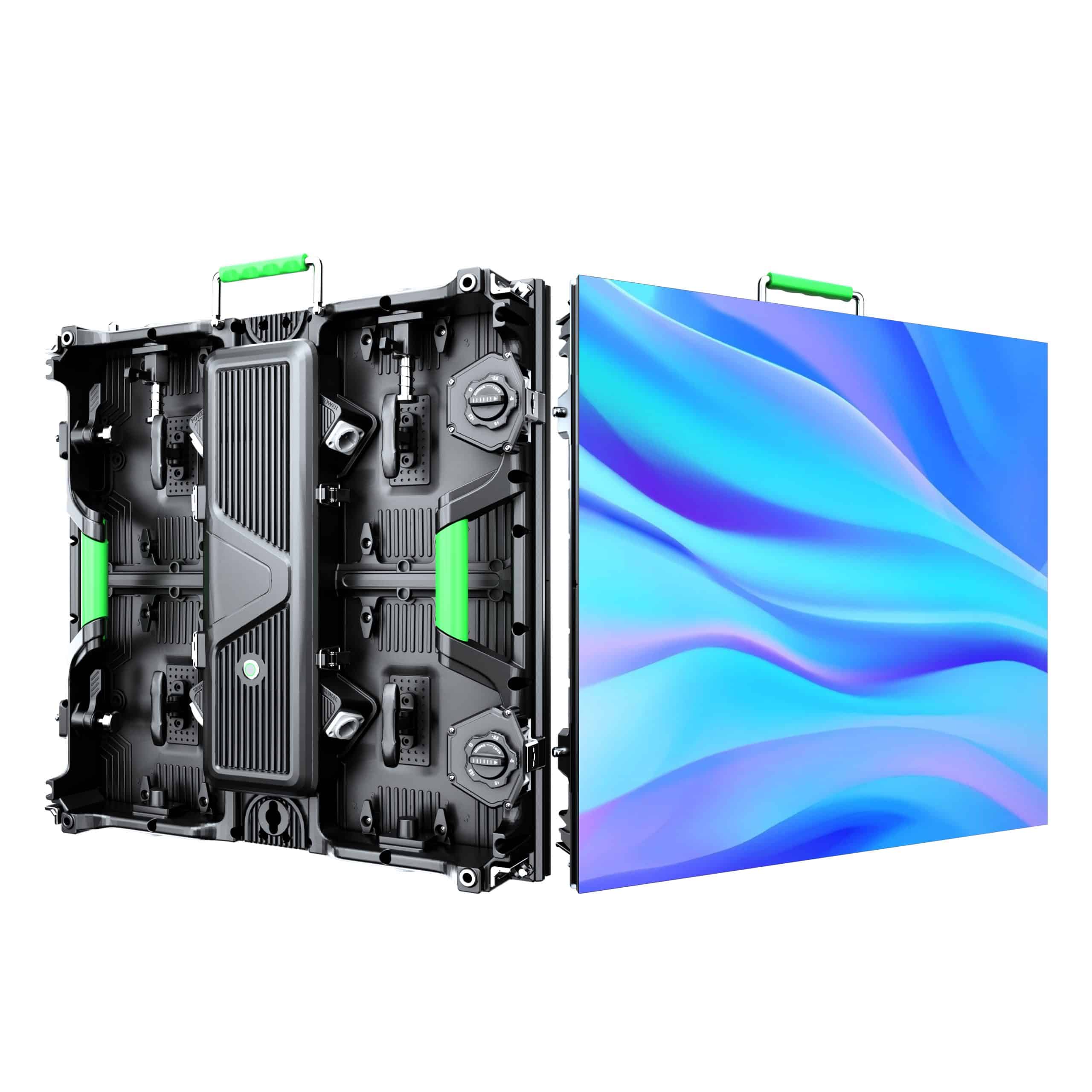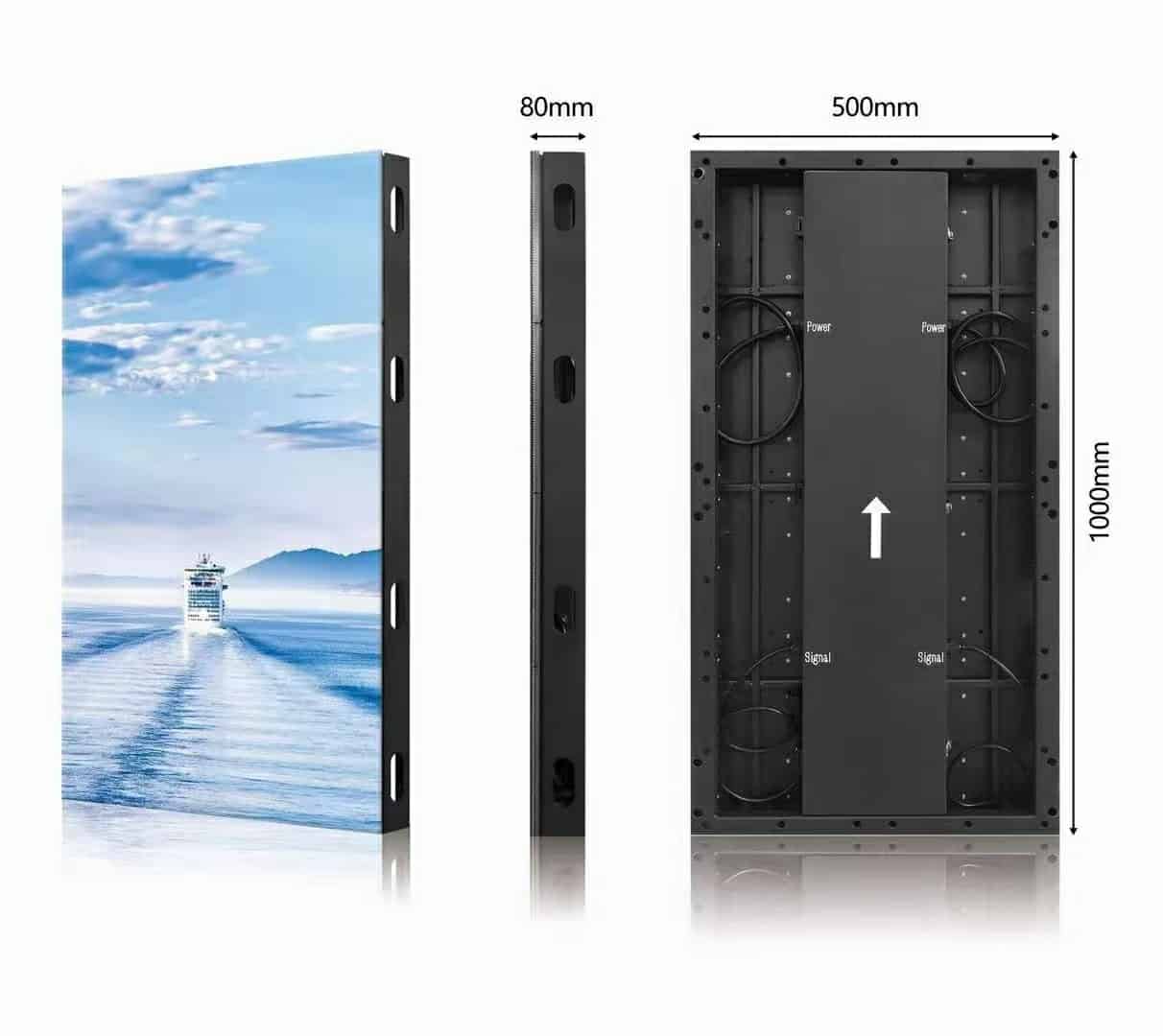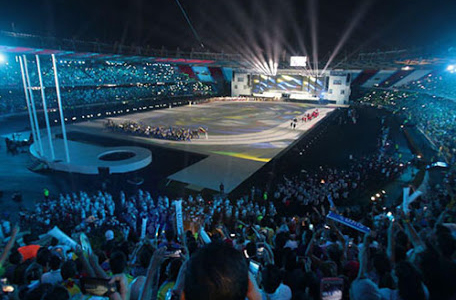Factors That Affect the LED Display Price
LED Display And Factors Affecting Its Price
What is the LED display price, and why is it differs for different display classes? These are the questions that need to be responded to before making a purchase. Several factors affect the LED display price, and they may be due to the difference in classification.
The led display price differs due to its classification, which depends on location, color, pixel pitch, viewing distance and usage, and function. This article discusses how these different classifications affect the LED display price.
You May Also Read: MPLED Digital Signs on Poles for Canada
LED Display
The light-emitting diode display or LED display is a display technology for screens. For the light source, the production involves a panel of LEDs. Each panel comprises numerous LEDs. The latest electronic devices employ the LED display as an interface between the system and the user.
The LED display technology serves as an output for these electronic devices that include TVs, smartphones, laptops, tablets, etc.
Why Is Use Of LED Display Extensive?
The display technology innovations have made the LED displays a brilliant and useful source to produce display output. LED technology is highly energy-efficient, durable, flexible, and cost-effective. These attributes of the LED display has made their use extensive. The efficiency and cost-effectiveness make the LED technology most suitable for chargeable portable devices like laptops, tablets, and smartphones. Besides their efficacy in energy consumption, the LED display produces brighter and brilliant light intensity.
Display And Its Types
Every technology associates innovation and development. There are multiple display technologies available that produce the best display according to their unique specifications. From the almost obsolete plasma displays to the upcoming and the most advanced OLEDs, the display technologies have developed by leaps and bounds. These innovations include LED, LCD, OLED, QLED, etc.
The liquid crystal display might seem different from the LED, but they both have the same display language specifications. The LED and LCD pixels use a backlight to illuminate themselves, so they are ‘transmissive,’ whereas OLED pixels produce light on their own thus, they are emissive. People mostly regard OLED as the future display technology, but LED will gain distinct developments on the other hand.
Classification of led display
The light-emitting diode display technology has associated a rapid evolution in recent years. The numerous advantages of LED include its brilliant brightness, energy efficiency, cost-effectiveness, low power consumption, and easier installation and stability. The different types of LEDs differ in their classification according to their location, color, and functions.
Classification According To Location
According to the environment, these LEDs will be installed in, the led display comprises of indoor and outdoor display.
Indoor Display
The indoor LED display uses high quality LED components. This display requires moderate brightness and usually a large visual angle. The wide visual angle makes them suitable to be viewed from nearby. Since their use is specified in indoor applications, they have lightweight. The indoor LED displays are not eligible for outdoor display applications as they are not waterproof. Indoor LED displays mostly find their use in locations like auditoriums, shopping malls, supermarkets, conference rooms, airports, etc. The indoor display offers extremely efficient brightness, color reproduction, and contrast.
Outdoor Display
The Outdoor LED display finds its use in outdoor applications. The size is usually large, and dot density is prominent. The display varies during night and daytime as the brightness requirements differ. The design of the outdoor display should withstand rough weather conditions like fog, rain, wind. There is a seal that provides a guard against water and thus makes them adaptable.
The outdoor display requires higher brightness, usually during the daytime. the semi-outdoor display has too high a brightness that makes the display visible even in the presence of sunlight
Classification According To Color
Based on color, the LED classifies as;
Single Color LED Display
The single color LED display has five different types that are;
- red color LED display
- white color LED display
- blue color LED display
- yellow color LED display
- green color LED display
The most common of the above mentioned five is the single red color LED display. Each pixel of this type of display has one single color. The lumen output of the red is higher, making the display brighter, so it is preferred the most.
Dual Color LED Display
In contrast to a single led display whose each pixel has one color, each pixel in a double led display has two colors. These colors are mostly red and green. The two base colors may superimpose yellow. The grayscale display grade is 256, and the display supports 65,536 colors
Full Or Triple Color LED Display
The triple LED display involves three colors that are blue, green, and red. The triple led display supports white balance and displays up to 16,777,216 colors.
Classification According To Usage
According to the function and usage, the led display is either synchronous or asynchronous.
Synchronous LED Display
The synchronous LED display requires a computer to stay connected. There is a sending card in the computer systems that send the program you want to be displayed to the LED display. There is a receiving card that transfers the broadcasting to the screen. So a computer requirement is a must to keep the display working continuously. Once the computer monitor stops working, the LED display will automatically switch off.
An Asynchronous Led Display
An asynchronous led display is merely opposite to the synchronous one. It doesn’t require a computer connection at all. If you want a program to be displayed on the LED, you need to transfer it using cables, USBs, wiFi, etc. Once you share your files using these resources, the sending card will store them. After plugging in the drives, the receiving card will broadcast the program on display. It has auto-play abilities. Once the data is transferred through external ports, the system does not require a computer anymore, and the display system works automatically.
There is a graph-text display, strip display, video display, and digital mixed display based on the display.
Factors That Affect The LED Display Price
The LED display price differs due to the difference in pixel pitches, the indoor and outdoor usage, and the installment of different components. Based on cost per square inch, LED display with high resolution has a higher price range. In contrast to the high-resolution display, the price range for a low-resolution display is relatively low.
There are other factors as well that affect the LED display price. Few of them include;
Impact Of Type And Specifications
As we already know, LED display comprises monochrome, dual, and full-color displays based on color, and indoor and outdoor-based on location. The LED display type for each type differs. Outdoor displays are more expensive than indoors as they find their use in outdoor areas. The protection from rough and harsh weather conditions make them a little more costly than the indoors. The indoor display is economical as it does not require extra seal and protection since it is installed in covered areas.
Affect Of Raw Materials
The production involves importing raw materials from different countries, including Japan, the United States of America, and Taiwan. The LED or light-emitting chips are unique in terms of quality, and thus their price differs. The LED chips from Japan and the USA are costly, while one imported from Taiwan is less expensive than domestically designed. Another raw material includes the LED driver IC. ICs of higher quality must be employed as they substantially impact the led display’s life and quality. The power supply, housing, and display characteristics are other factors that affect the prices of led display.
Impact Of Production Cost
In addition to raw material cost, the production cost also affects the LED display price. The planning, management, salaries, and expenditure formulates production costs. Although the production cost does not directly affect the LED display price, they indirectly impact the price. The workers’ and employees’ wages result in a higher selling price; thus, increased led display price.
The Impact On Price Due To Supporting System
The employment of systems that support the display also has a substantial influence on the LED display price. These systems include a sending card, an adapter card, and a receiving card. Other accessories include playback software, graphics cards, video compression card, and editing software. The protection systems that help distribute power and cool the system may also impact the LED display price.
For high-quality sound and graphics, the system uses amplifiers, speakers, video recorders, DVD machines, etc. All these accessories are optional and just for enhancing the system; therefore, these other systems also impact the display price.
Size And Purpose Of Installation
The factors, including installation methods, display size, and housing structure, intensely affects the LED display price. The size should be measured accurately according to the purpose of its installation. For commercial advertisement purposes, the display system needs to have a bigger size, resulting in a higher price.
Operational Cost
The quality of the finished and finished LED screen also requires consideration in the cost analysis. The best and most efficient LED displays require the least maintenance and are highly efficient. Once bought, your LED is going to last longer than your expectations resulting in cost-effectiveness. If one compromises the quality, the cheaper product will result in higher bills, frequent maintenance, low-quality pixels, and a shorter lifetime. A higher purchasing cost might be significant as it eventually satisfies the expenditure by its unique and durable features.
You May Also Read: MPLED New-designed Seamless LED Video Wall
CONCLUSION
The LED display price differs due to the specifications and type of system employed in the display screens’ manufacturing. These factors include the purpose, location, and quality type and make the difference in price due to their uniqueness and specialties.

